The Game in the Cabaret Voltaire
Let’s imagine the fantastic circumstances when computers appeared in 1916, these computers were installed in Voltaire’s cabaret in Zurich, and cafe visitors showed the game “Ape Out” on these computers. In this fantastic story, Gabe Cuzzillo, Bennett Foddy and Matt Bock will be among those who have made a real revolution and laid the foundations of modern art.
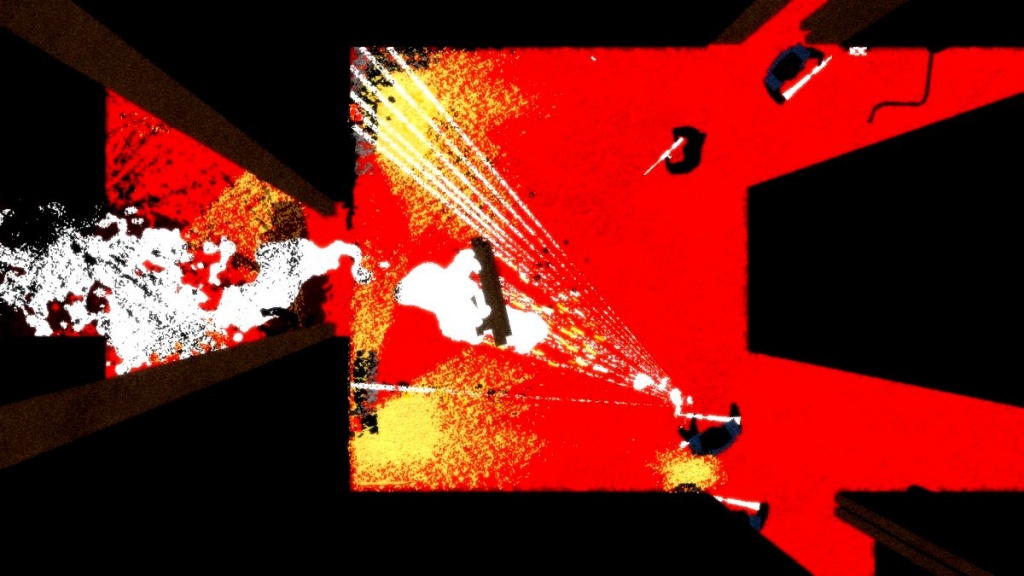 And the first fans of the game will be Hugo Ball, Tristan Tzara, Erwin Schulhoff and Marcel Duchamp. Perhaps the creator of Soviet Russia, Vladimir Lenin, who was a frequent guest in the cabaret, because he lived in the house opposite, would try to go through all the levels. And if Kazimir Malevich got there at that time, he would probably declare the game Suprematist. But we know that Malevich was a master at transforming any ideas into his own theory.
And the first fans of the game will be Hugo Ball, Tristan Tzara, Erwin Schulhoff and Marcel Duchamp. Perhaps the creator of Soviet Russia, Vladimir Lenin, who was a frequent guest in the cabaret, because he lived in the house opposite, would try to go through all the levels. And if Kazimir Malevich got there at that time, he would probably declare the game Suprematist. But we know that Malevich was a master at transforming any ideas into his own theory.
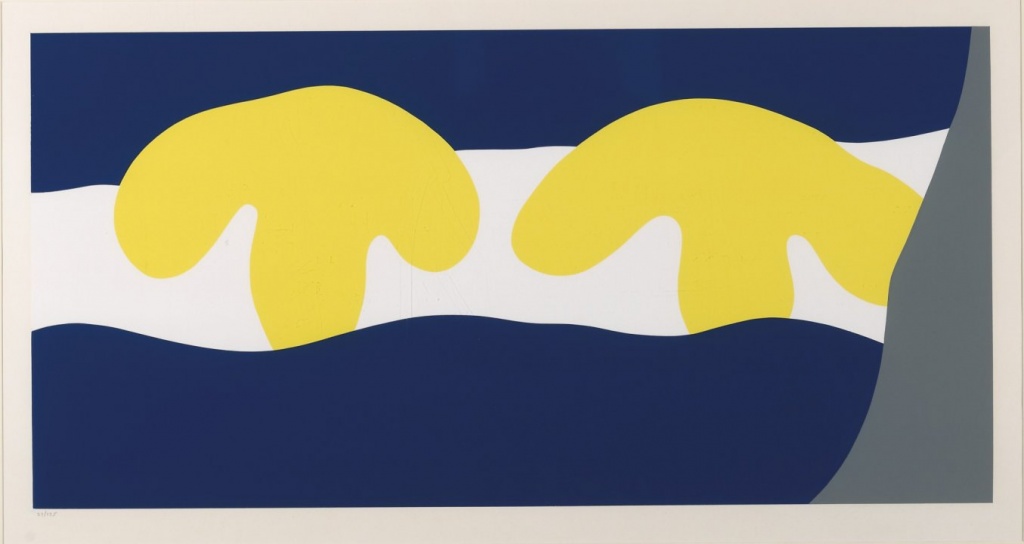
DaDa
Of course, at the beginning of the 20th century, all new trends in art boiled in one broth, and there were many intersections between them, but the foundations of the old design were the most shocking for Dada. The creators of the manifesto and the followers of the great Dada, gathered in Voltaire’s cabaret, expressed strong protest against the madness of war, against the dictatorship of the state, against the philosophy of duty, against dependence on money, on hypocritical morality and generally against any lack of freedom. No wonder the founder of Dadaism and the owner of the cabaret Hugo Ball was a fan of the Russian philosopher-anarchist Mikhail Bakunin.
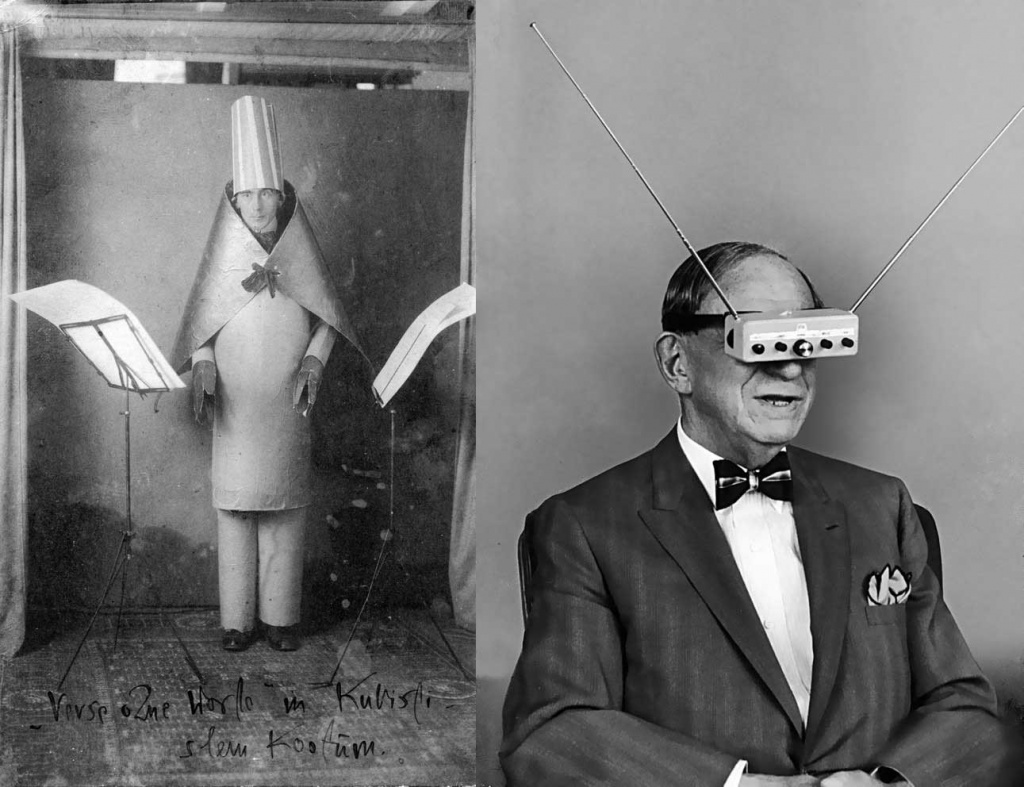
The creators themselves call Dada in different ways. This is the pseudonym of singer Le Roy, a toy horse, the tail of a sacred cow and mother in Italian. Finally, they dwelled on the fact that Dada is a great NOTHING, symbolizes a primitive attitude towards the surrounding reality, and announced that along with Dadaism, a new reality comes into its own.
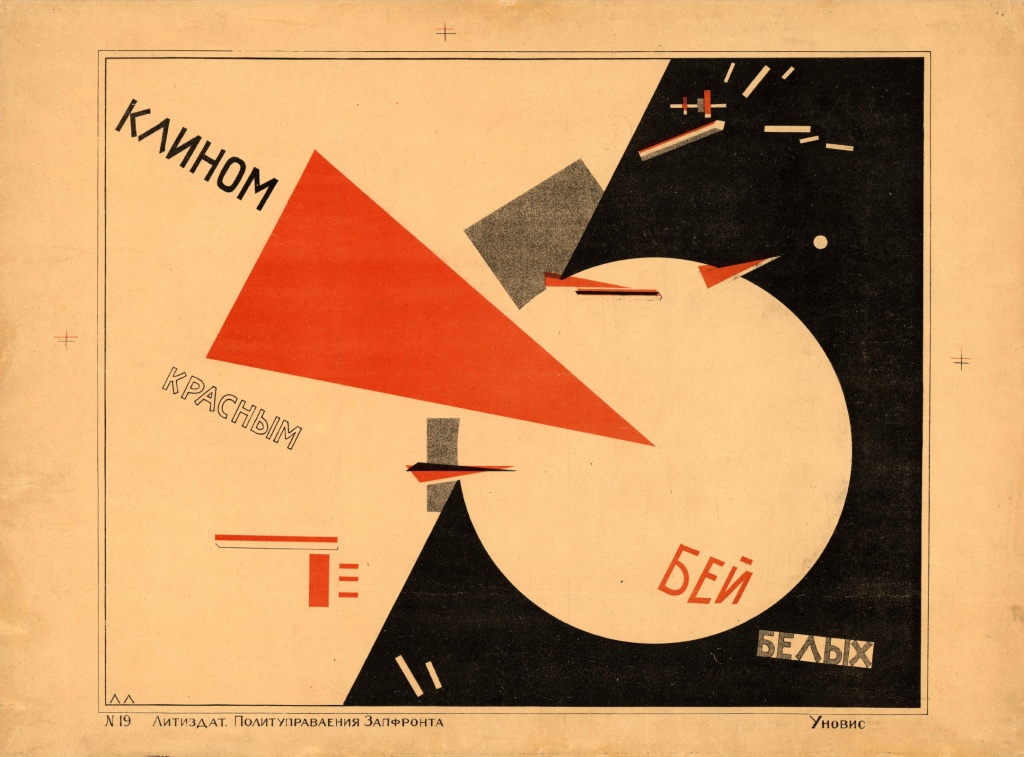
The Riot of an Orange Ape
And now we will return to where we started – to the game. There is no plot as such. The gameplay is simple for the primitive and requires the player only reaction speed, almost instinctiveness and the ability to receive joy from adrenaline. But, despite this, and perhaps due to this, Ape Out has become a solid and powerful aesthetic statement, noticeable even against the background of abundant first-class graphics and complex game plots.
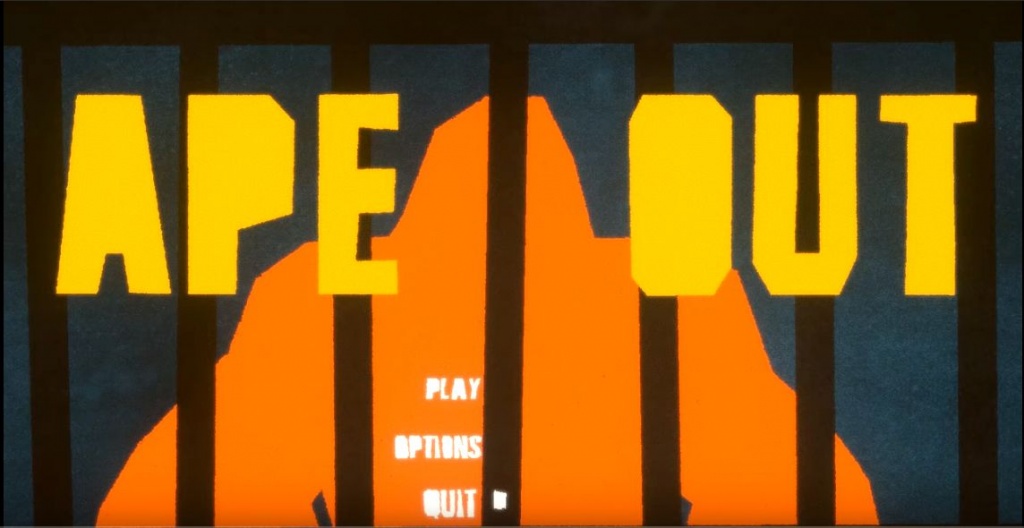
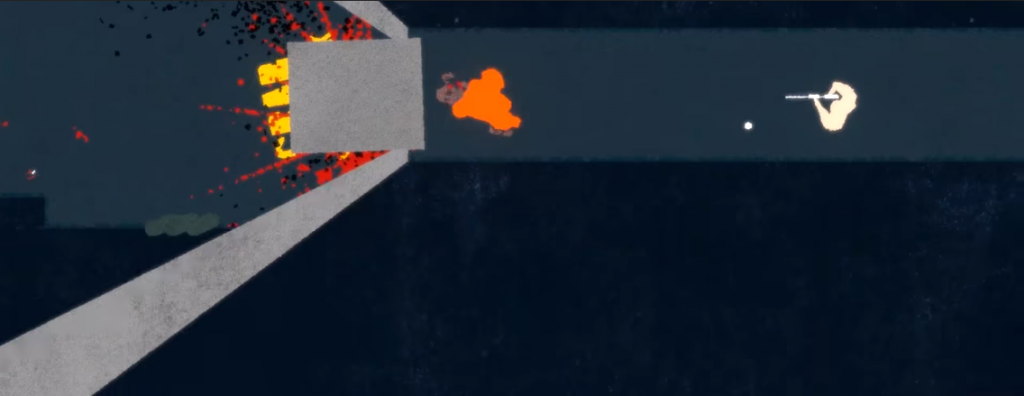
The essence of the game is that a huge orange ape, torn to freedom from a cage, can reach the finish line and not die. She has little chance – everywhere armed people. The ape is unarmed. The stock of her life is only three shots. But she has incredible strength, quick reaction and destructive power, she is driven by animal instincts. She pushes armed people or grabs them like a shield, and then throws them against the wall and they break. The ape does it all in a split second. And again he runs to the changing rhythm of drums and cymbals, to an unknown, but desired freedom.
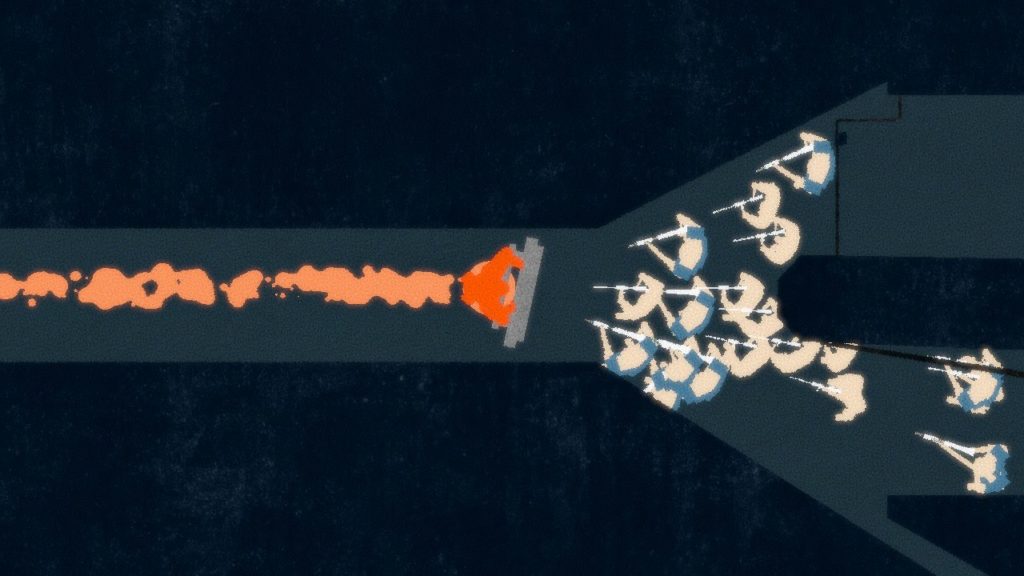
I must say that not everyone can pass the game. If you do not have instant reaction and keystrokes, this is not possible. You do not need to think about it, you need to make a decision immediately, so if you are not such a player, just look at the saved gameplay.
The Philosophy of DaDa
And here we come to the pure embodiment of Dada’s philosophy – to free the subconscious, release the natural uncontrolled forces, listen to our instincts and make room for madness.
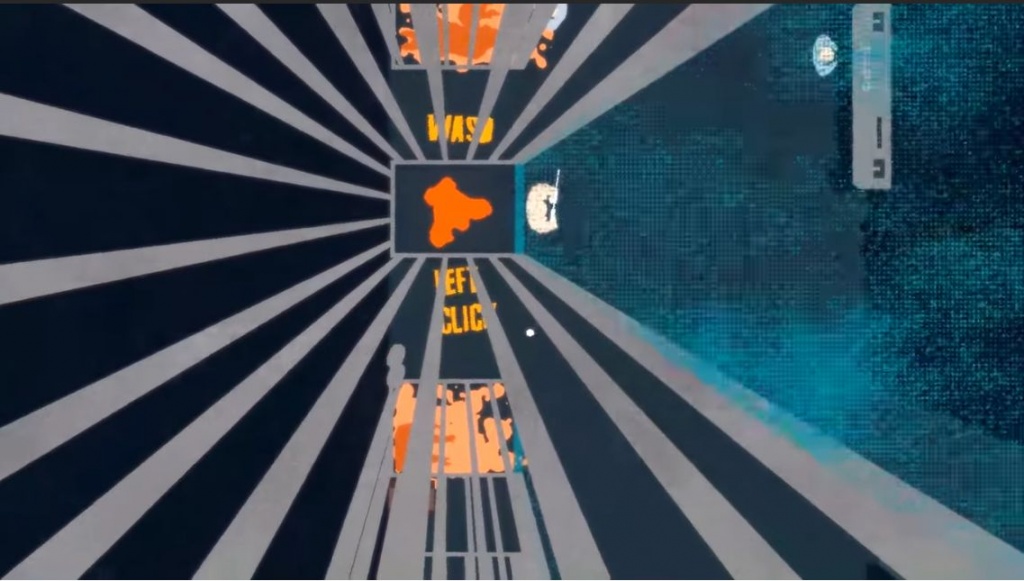
This is how Hugo Ball describes the content of Dada: “The world has fallen apart. I am dynamite. World history was divided into two parts: time before me and time after me. Religion, science, morality are phenomena that have arisen among primitive peoples because of fear of the unknown. Time enters into a phase of decay. Millennial culture is crumbling. There are no more foundations and supports, no foundations that are not subject to destruction. Churches became castles in the air. The moral world has lost perspective. The top became the bottom, the bottom – the top … The world has lost its meaning. The connection with a certain higher being, which kept the world from decay, has disappeared. It was time for excitement … The man lost his special position, which gave him a reason. He became a part of nature … an ordinary thing, interesting no more than a stone … The revolution against God and his earthly likeness is a fait accompli. ”
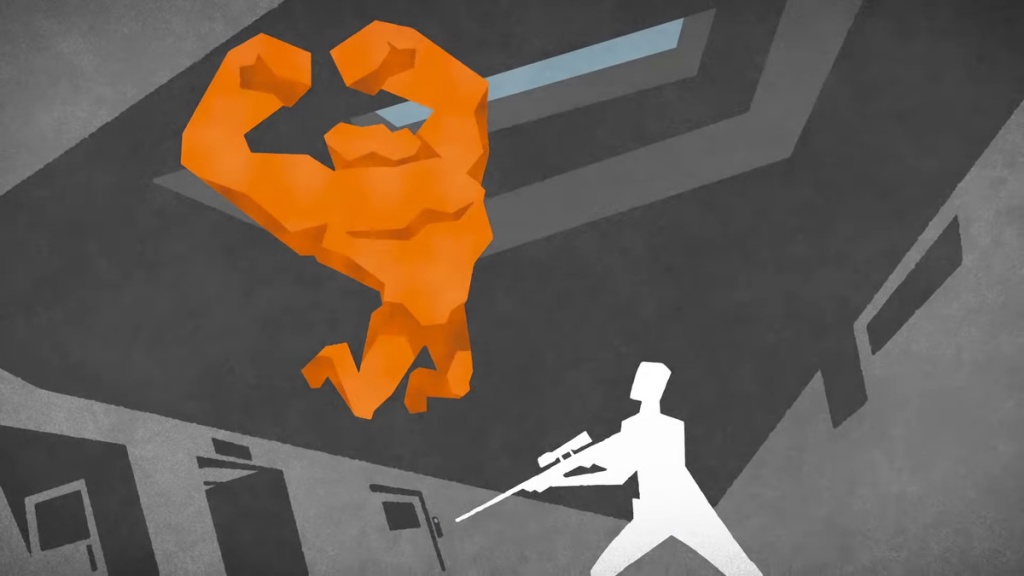
These words exactly correspond to the rhythm, dynamics and visual range of the game. We can safely imagine how the player reads them, tearing apart stupid people with funny arrows that dare to stop the primitive riot of a bunch of pure orange energy.
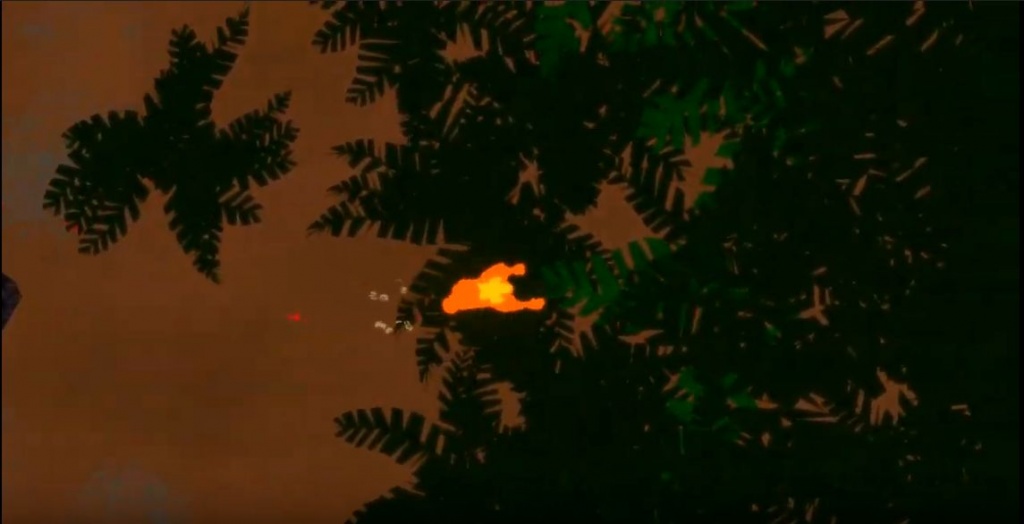
Courage Like an Escape from Time
Dadaists, like the Suprematists and artists who are generally meaningless, were looking for a way to the eternal dream of mankind – a victory in time. Since man realized time as the highest substance, he became unhappy, so the fleetingness of being breathes in the back of the head.
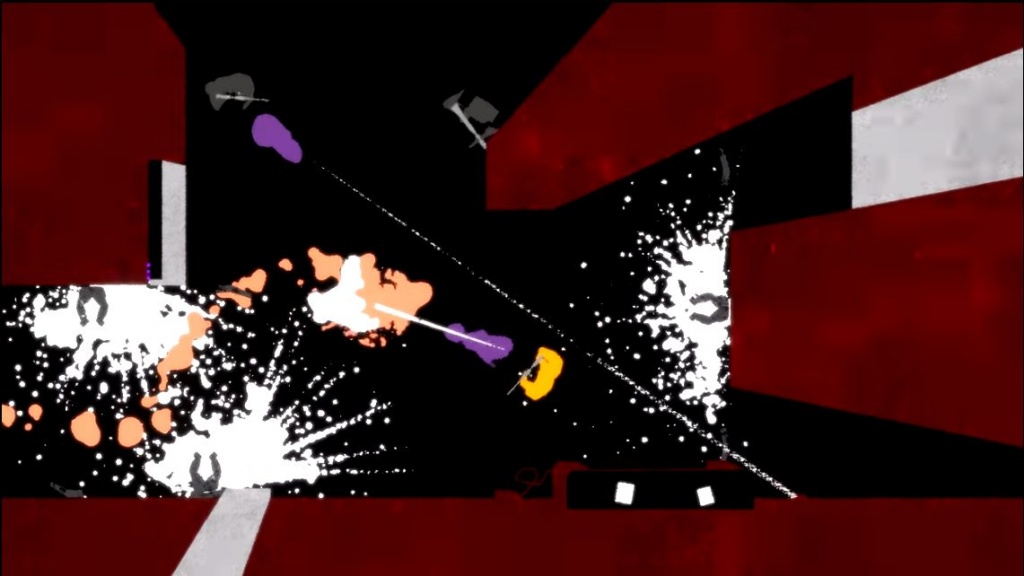
In search of eternity, a man fled to God, and then to the kingdom of reason, but events at the end of the 19th and 20th centuries showed the madness of those who rule the world, who are ready to sacrifice hundreds of lives for their ambition, And God turned his back on his flock. In 1916, when the Dada stream formed, the First World War began.
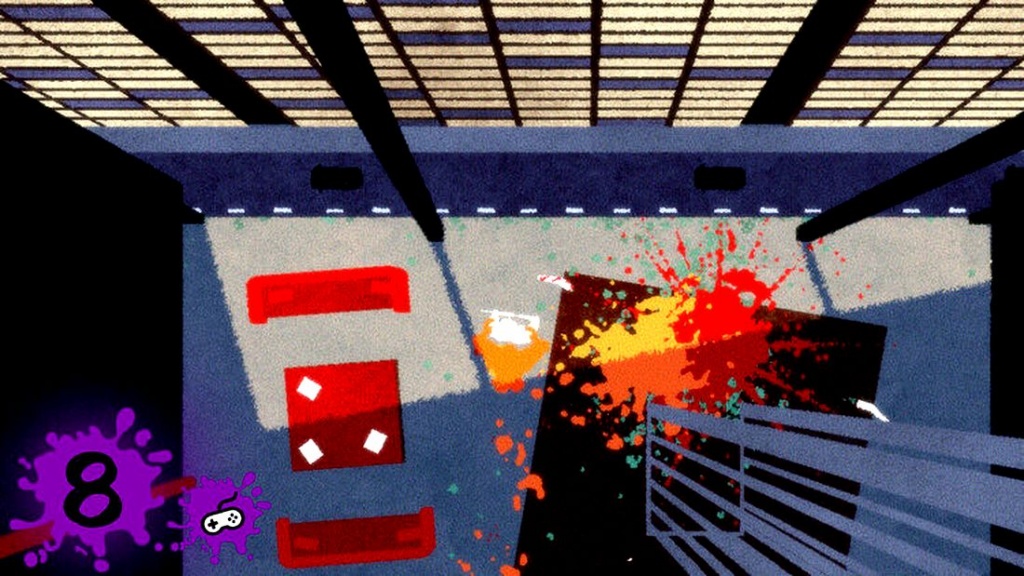
And then Dada declares that God is an art, Dada refuses everything that can carry the trace of time. Any thing dies, any order dies, any word dies. Immortal, eternal, pure forms are geometric figures, colored spots, sounds and words generated by the initial chaos.
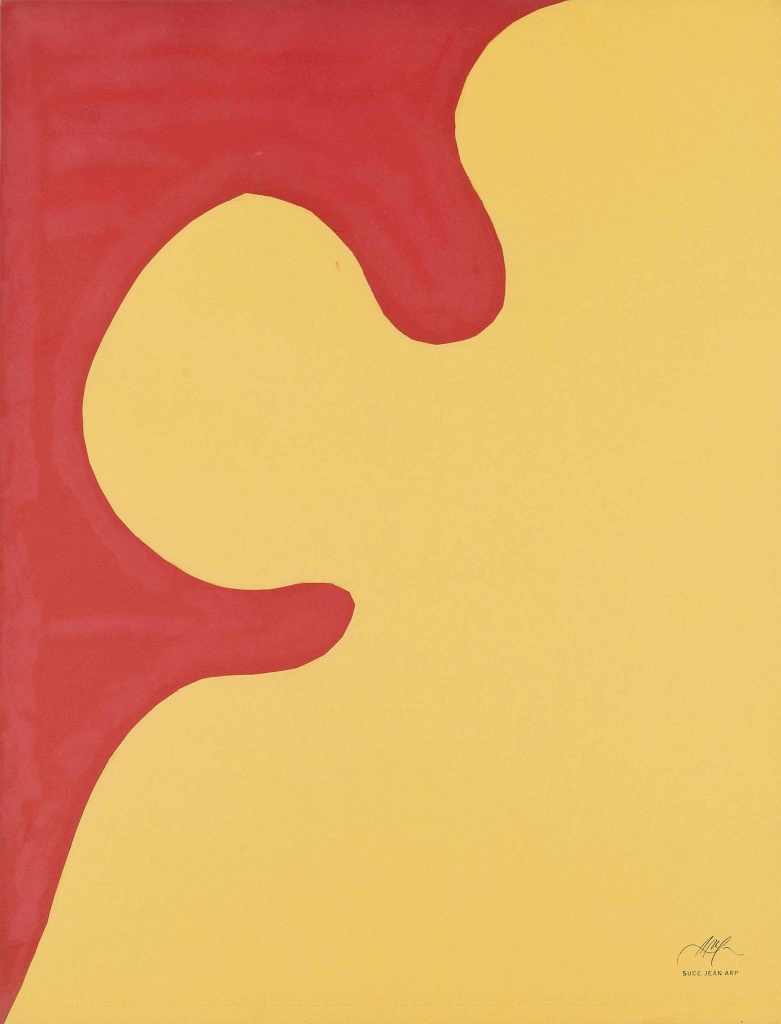
Reincarnation
Ape Out after 100 years returns to us Dada, almost completely embodied in the compressed energy of the game. Geometric space, a flat solution, work with large points of pure and bright colors, the famous Dada fonts, a level map at the poster level – this is a real triumph of the visual aesthetics of the avant-garde. A great addition is an excellent musical accompaniment, where the player sets the pace of the soundtrack himself, stimulating his destructive joy on the way to freedom.
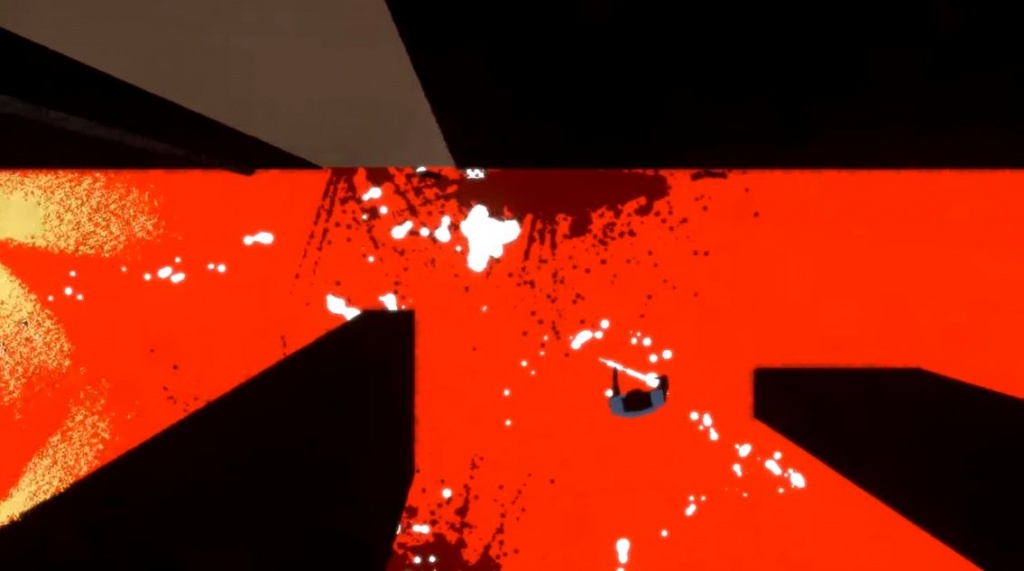
I would call the reincarnation of Dada’s philosophy in this game, and the success of the game itself is not accidental. As in Andrei Surnov’s “Riot,” there is an exact hit in time. An unarmed, but full of energy mass of orange energy (perhaps orange is not only here) is ready to break out of the prison of limitations and flood the geometrically correct streets of the cities of the planet. It seems to me that the character’s choice is also not accidental, because the name of the gorilla (ape) resembles the name of partisan detachments. And the question is whether we, as a player in Ape Out, want to become destroyers of everything for the sake of freedom at all costs. The game shows us a cheerful anger of destruction and asks us if we want to repeat this in real life. This problem is expressed in a beautiful aesthetic form. Therefore, Ape Out is a serious big art.
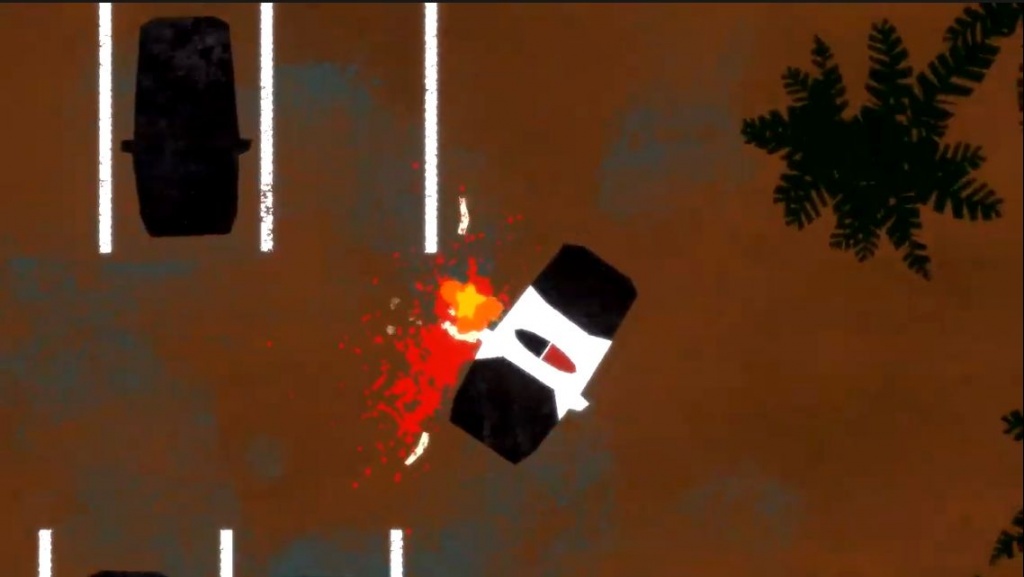
What Did the Creators Think
The author of the game is Gabe Cuzzillo. In fact, this is his first major project, which immediately gained success. Gabe says he relied on the graphics of Olly Moss and Saul Bass.
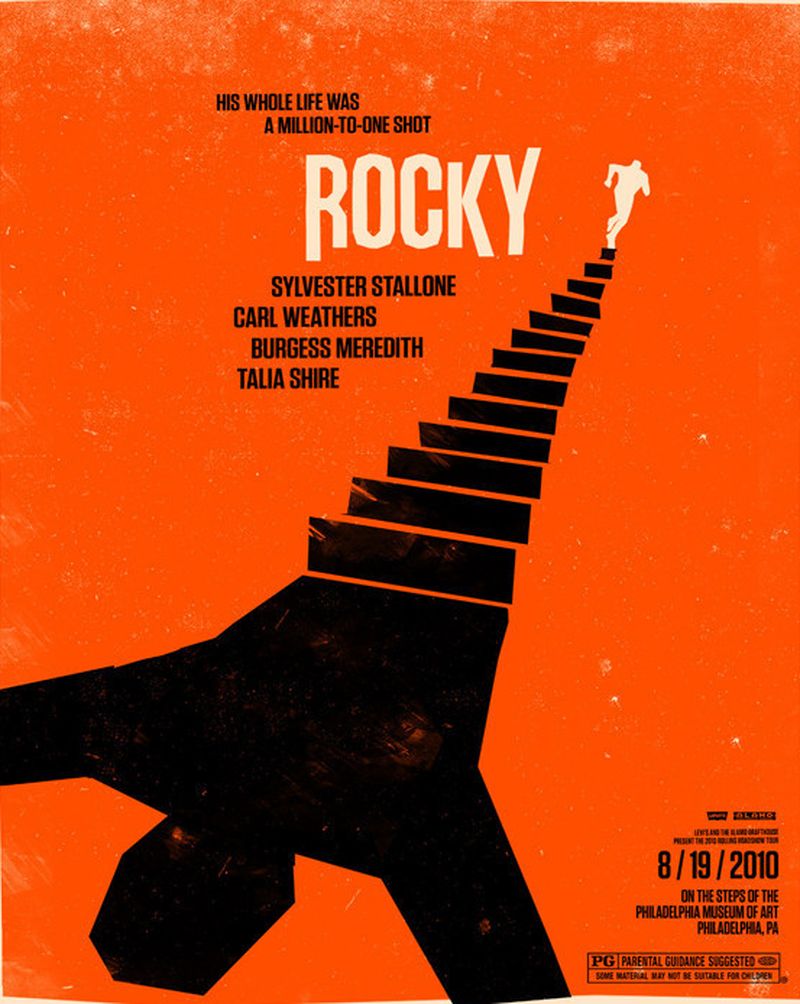
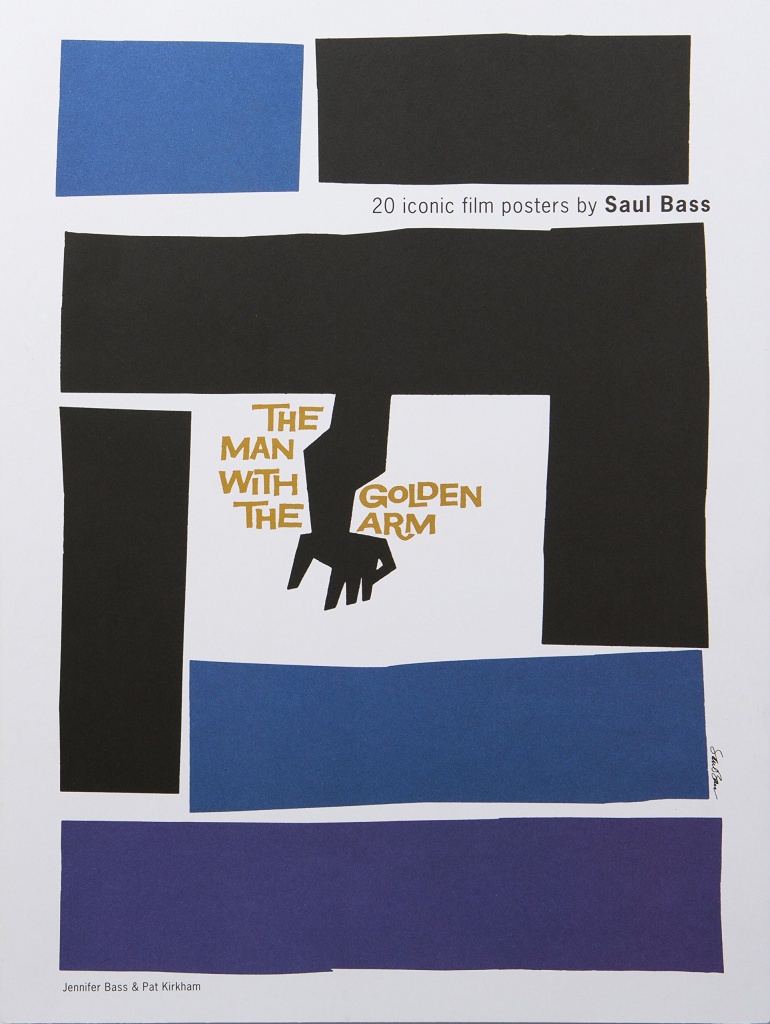
This is true. But the graphics of Moss and Bass are based on the forefront and, above all, the aesthetics of Dada. Both Moss and Bass managed to tame the energy of Dada’s shocking graphic solutions and forced her to do serious work, eliminated her primitive essence, forced her to serve commercial needs. Yes, they did it in a talented way, but, while maintaining an external resemblance to the original source, their work lost the very essence of Dada’s aesthetics. Consciously or intuitively obeying the law of the similarity of eras, Gabe Cuzzillo returned to the world the cheerful madness of Dada in its original form.
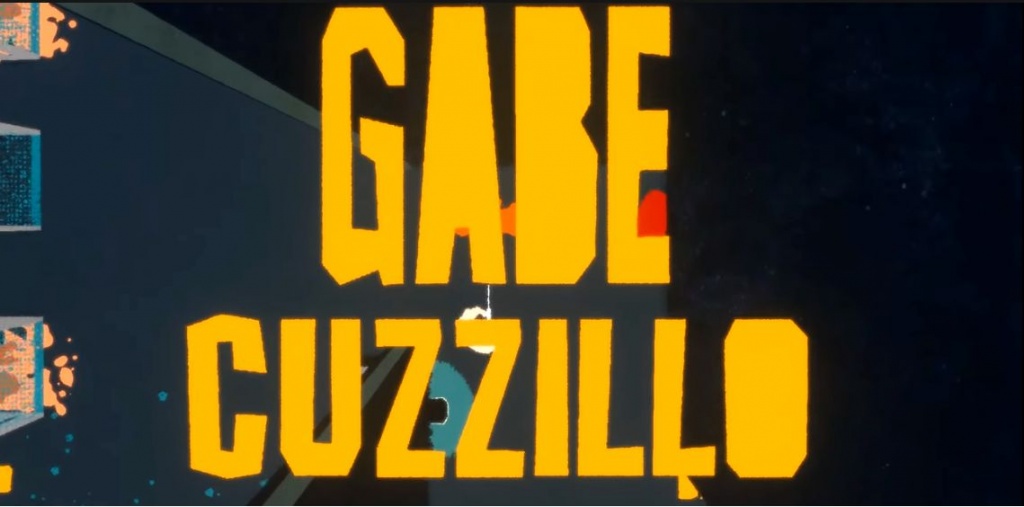
It may have been Bennett Foddy’s influence, but most likely it’s really the spirit of the times, the growth of protest and rebellious moods in society, the aggravation of all conflicts and the person’s sudden awareness of his growing lack of freedom.
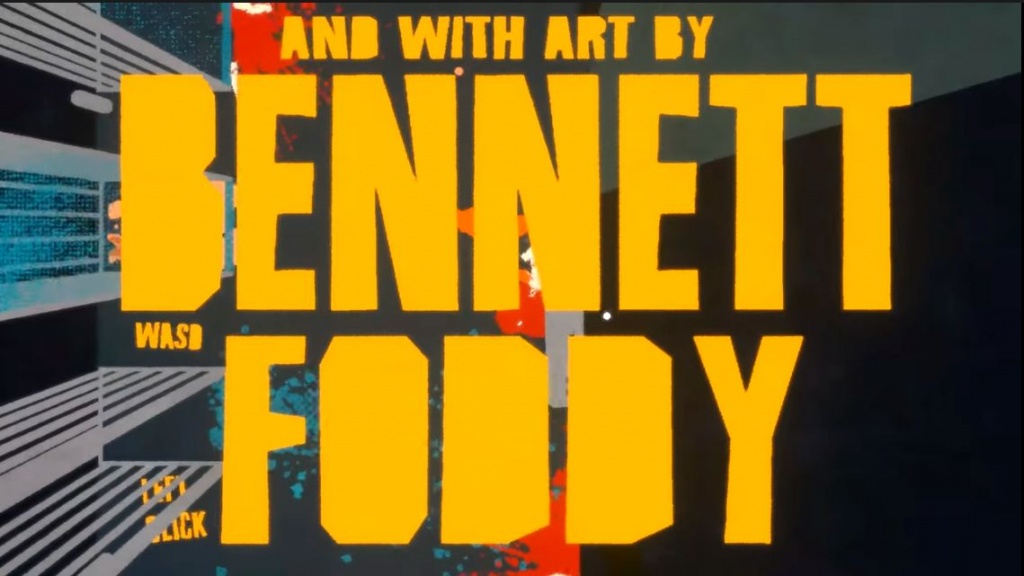
The music of drums and cymbals, as in Everyday Shooter, is directly related to the player’s actions, helps to overcome fear, instills energy and makes the path to freedom full of madness and joy.

Immortality vaccination
Like most video games, Ape Out, while maintaining the tension of the game, constantly killing your hero, allows you to rewind everything and start over or from the place where you were killed. This is just one of the conditions that make video games so attractive – the opportunity to experience the greatest stress, almost catharsis, look into the eyes of death and … not die.
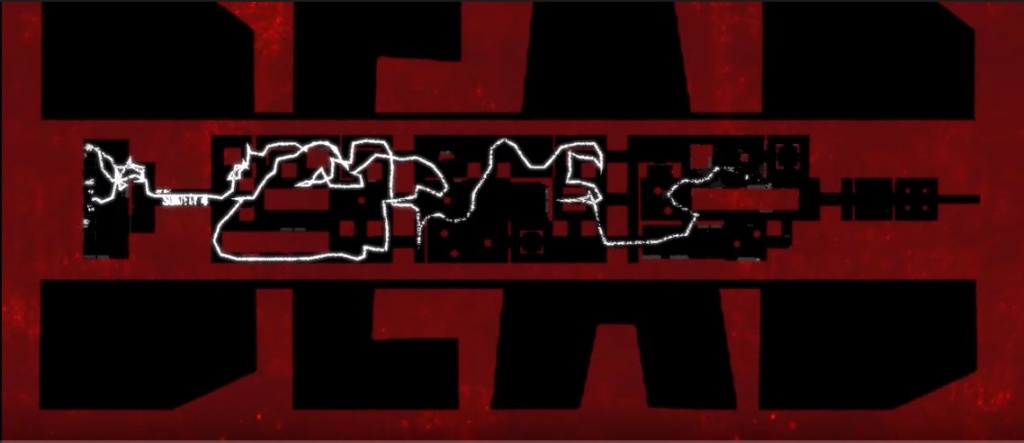
Overcoming the fear of death is the eternal problem of man. To solve this problem, ritual games of tribes were used, then great religions, now games help to survive in this state.

And always this problem was solved by art, which remained after the disappearance of the buyer, artist and hero. Perhaps we will see screenshots of “Ape Out” on posters calling for freedom, and if after these battles there still remains a suitable technique, then perhaps other generations will play this game.
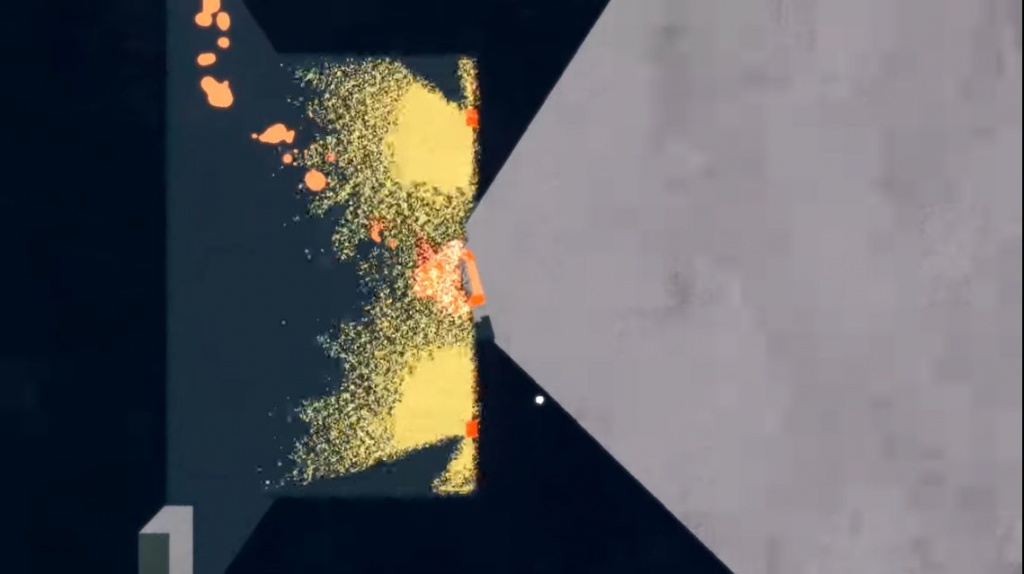
The task of the museum is to leave this work in the history of art of the 21st century.
